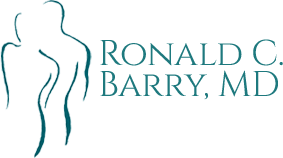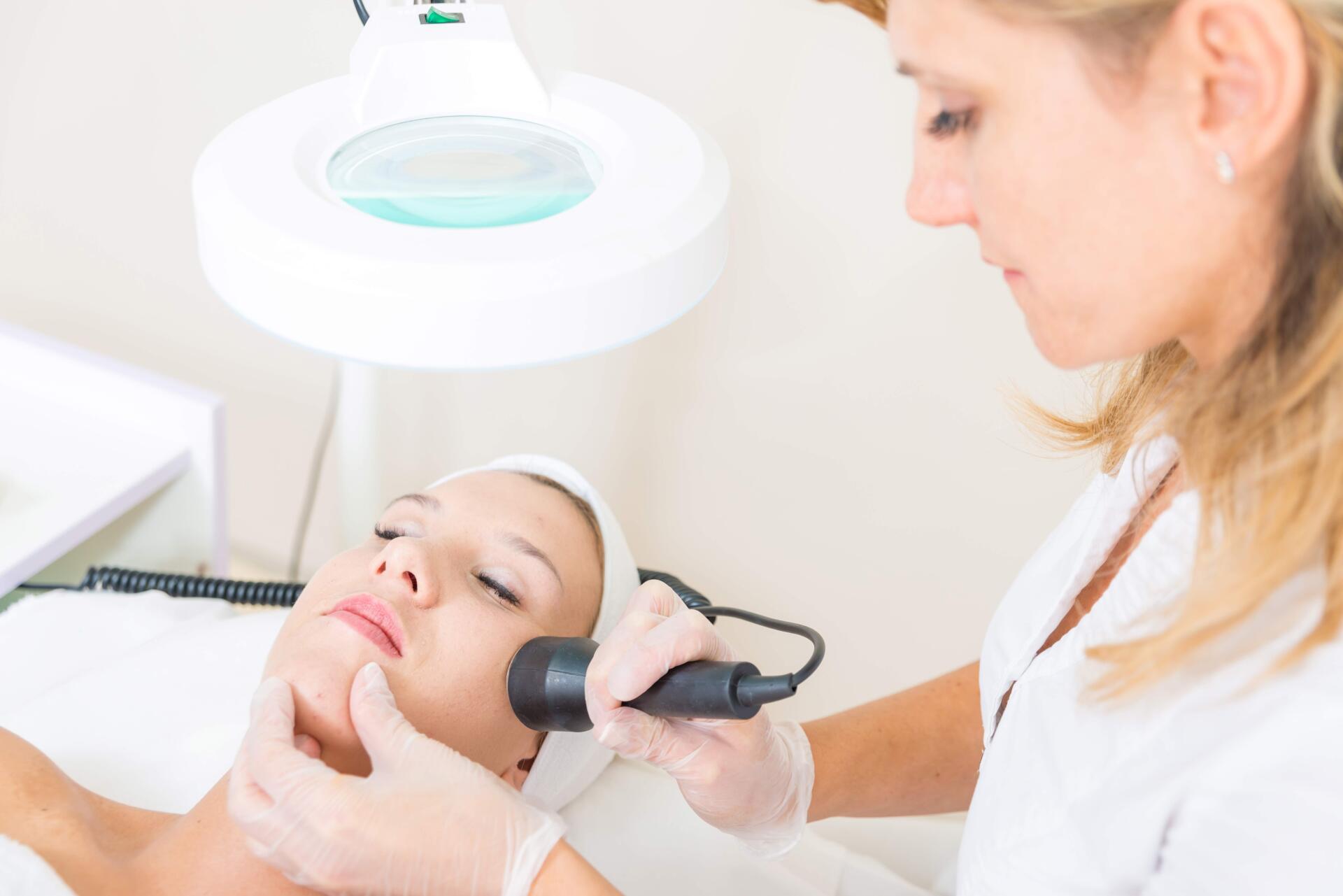3 Ways to Minimize Cosmetic Surgery Incision Site Scars

Do you plan to undergo a cosmetic surgery procedure soon and are worried that your procedure will leave telltale scars behind? Then learn about the steps to take to help reduce post-surgery scarring.
First, always follow your doctor's orders to keep your incision site clean to help prevent infection. This can greatly minimize the chance of severe post-procedure scars. However, you can take other steps to reduce the chance of extremely dark or raised scars.
Learn three additional ways to minimize cosmetic surgery incision site scars.
1. Protect the Incision Site From Sunlight
Protect your incision site(s) from the sun for at least three to nine months after the procedure. Exposing your incision site to the sun's harsh UV rays can increase the chance of dark scars due to hyperpigmentation that the sun can cause.
In addition, as your incision site heals, new skin cells generate around the wound. These skin cells are much more sensitive to the sun than the older skin cells on your body and can burn very easily. If new skin cells get sunburnt, then the damage to the cells can also increase the chances of unsightly scars.
Stay indoors during peak sun hours as your incision site wounds heal. When possible, cover these sites with clothing any time you are out in the sun.
4. Eat a Diet That Contains the Right Foods
One important component of a healthy wound-healing diet is protein. Adequate daily protein intake helps your body create the new skin cells and blood vessels that must generate during the wound-healing process. Healthy sources of protein include lean fish, chicken and other poultry, eggs, and low-fat dairy products.
Other nutrients essential for healthy skin regeneration include vitamin C, vitamin A, zinc, and iron. Vitamin C helps your body create new collagen, which is an important building block of new skin cells. Vitamin A lends a hand in healthy collagen synthesis and helps prevent infection by aiding in your body's inflammatory response during the early stages of the incision site healing process.
Zinc is an important nutrient that aids in tissue rebuilding and repair, while proper iron intake is important to prevent iron deficiency. Iron deficiency can slow wound healing by reducing the amount of oxygen in the blood that can go to the incision site.
3. Perform Scar Massage
After your incision site has fully healed, perform scar massage. If you do this during the early stages of the skin remodeling process, massage can help prevent excess scar tissue buildup that could create a raised, or hypertrophic, scar appearance. Massage also improves blood flow to the incision site to expedite the skin repair process and can help decrease the discomfort from tight and sore post-surgical skin.
To massage your scar properly, first cover it with a little unscented vitamin E oil. Then, massage it and the skin around it gently with your finger or thumb in a circular motion for about five minutes. Repeat this process two to three times a day. If you feel pain during your scar massage, then you are pressing on your skin too firmly.
Scar massage can be beneficial until about two years after the initial incision site was created. However, you can massage your scar more infrequently over time as the healing process wanes.
If you plan to obtain a cosmetic surgery procedure that requires at least one incision, then keep these tips for minimizing incision site scars in mind during the post-surgery recovery process. Contact the experienced cosmetic surgery experts at Ronald C. Barry, MD, to schedule a cosmetic surgery consultation today. We look forward to seeing you soon.




